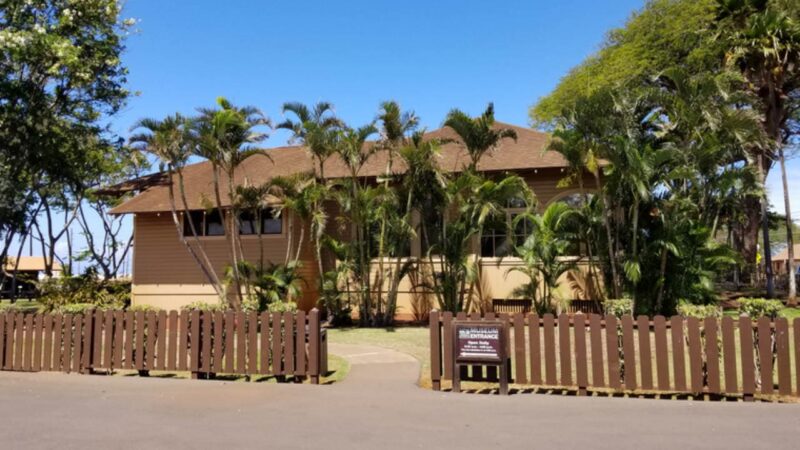Hawaii is more than just a destination to go on vacation or to engage in activities like surfing or wave-watching. This paradisaical location is home to a vibrant culture that extends back a considerable number of years.
In Hawaii, there are museums that cover everything, from the intriguing Polynesian heritage that is profoundly woven into the roots of the state, to key historical events in the history of the United States.
Here is a list of the top most popular museums in Hawaii.
1. Bishop Museum
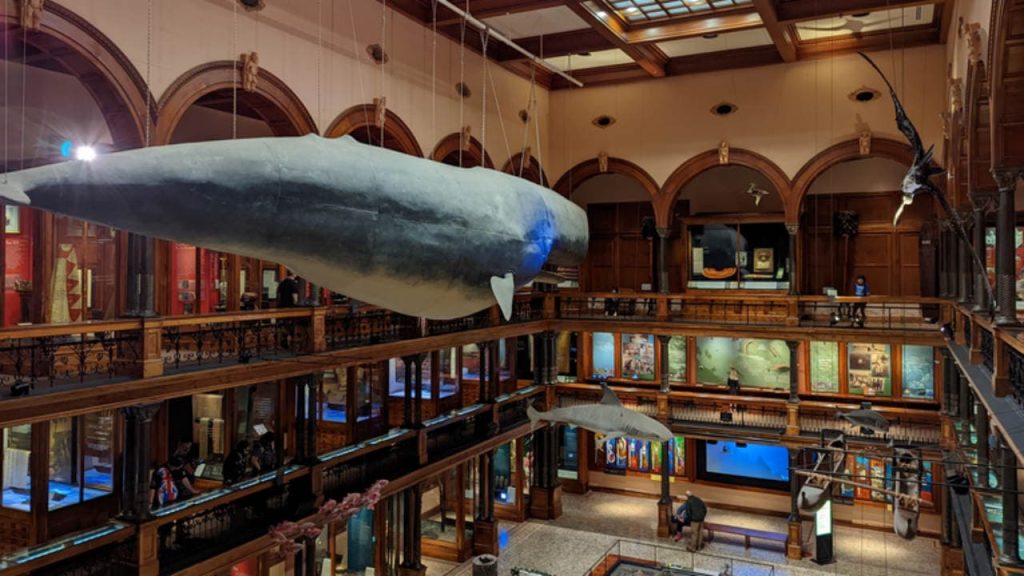
The Bernice Pauahi Bishop Museum is a museum of history and science that is located in the historically significant Kalihi district of Honolulu on the island of Oahu. The museum is also known as the Hawaii State Museum of Natural and Cultural History.
2. Honolulu Museum of Art, Honolulu, Oahu
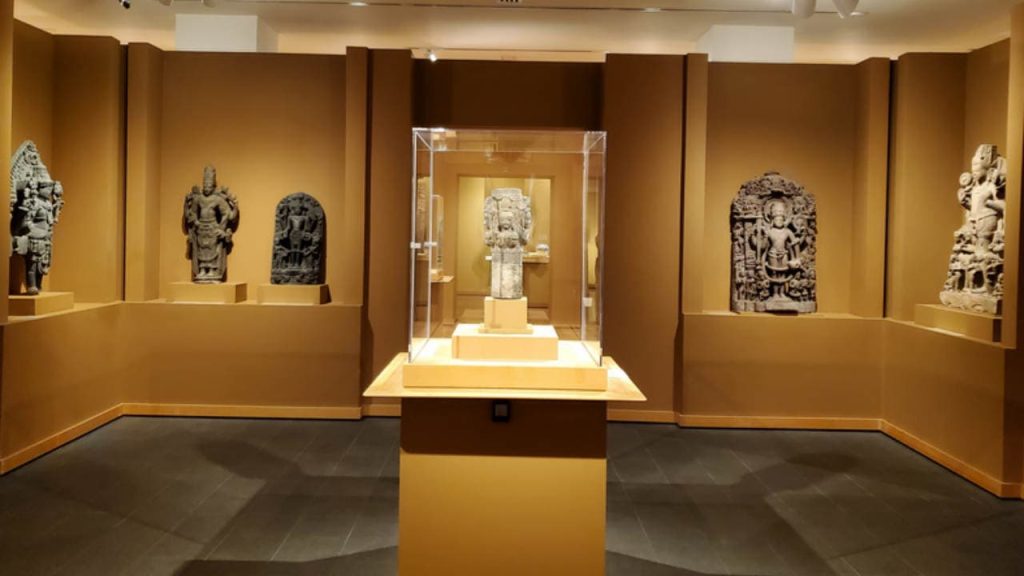
Anna Rice Cooke founded the Honolulu Museum of Art in 1922, making it the state’s largest of its kind. “Bring together great art and people to build a more harmonious, flexible, and enjoyable society in Hawaii,” says the museum’s mission statement.
3. Shangri La Center for Islamic Arts and Cultures
The former residence of Doris Duke, located close to Diamond Head and just outside of Honolulu, Hawaii, now serves as the home of the Shangri La Museum of Islamic Art, Culture, and Design. In 2002, the establishment was inaugurated and opened its doors to the public.
The outdoor features a number of orchards, along with a formal Mughal garden clearly influenced by the Shalimar Gardens, as well as waterfalls, a Hawaiian fishpond, tropical gardens, and magnificent scenic views of the Pacific Ocean. In addition, the museum welcomes two visual artists each year for onsite exhibits, workshops, or talks at the venue.
You might also be interested in visiting these mind blowing tourist attractions in Hawaii.
4. Bailey House Museum
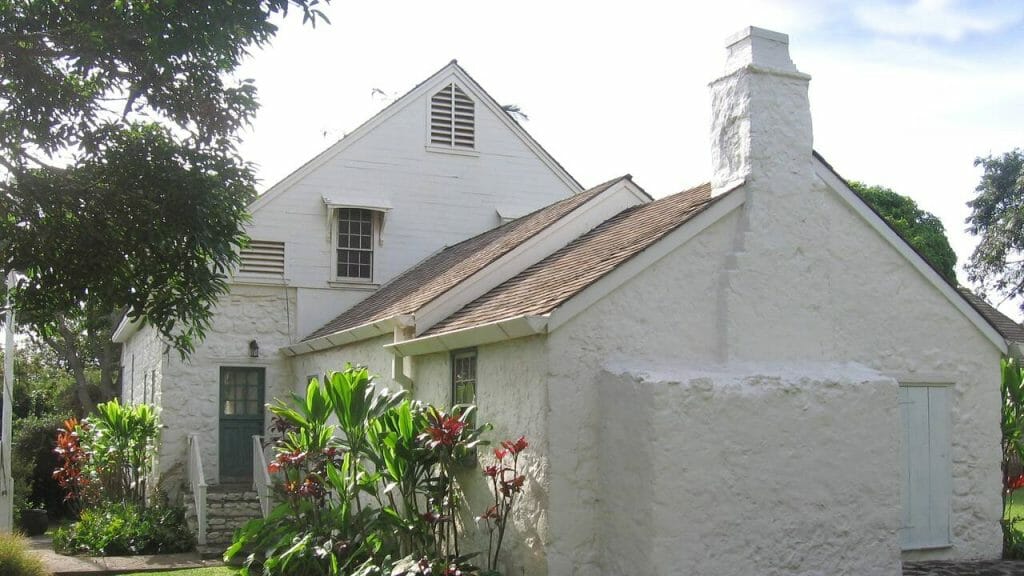
The Hale Hikeike Museum, also known as the Bailey House Museum, is the ideal venue for the dissemination of cultural knowledge on the island of Maui today. The museum is encircled by prosperous nurseries that are brimming with Hawaiian flora.
Even during World War II, it served as a camp for the protection of the defense during that time. An ancient Polynesian canoe and, more crucially, the last extant sculpture of the Hawaiian demigod, Kamapua’a, have been shown in the exhibition hall of the museum. Both of these artifacts date back to a time before Europeans had contact with the Hawaiian islands.
5. Hale Pa’i Printing Museum
Do you know that the Hale Pa’I Museum exhibits the development of the island’s printing trip, which is as distinctive as the museum’s name? Unique, isn’t it? The Hawaiian language was orally transmitted from one generation to the next without ever being written down. This practice continued for a considerable amount of time.
Oral transmission, non-formal practices, and events like the hula were common ways in which tales were disseminated. When the first educators arrived in Lahaina, they quickly got to work establishing the town’s first theory-based educational institution. The education provided by the institution improved one’s skills and emphasized the value of reading.
The instructor brought in a print machine for the students to use as a source of creativity, and they were given instructions on how to use it. As a result of this, they were encouraged to record the Hawaiian accounts on paper and even print the primary paper currency that was used in the Hawaiian Islands.
6. Alexander and Baldwin Sugar Museum
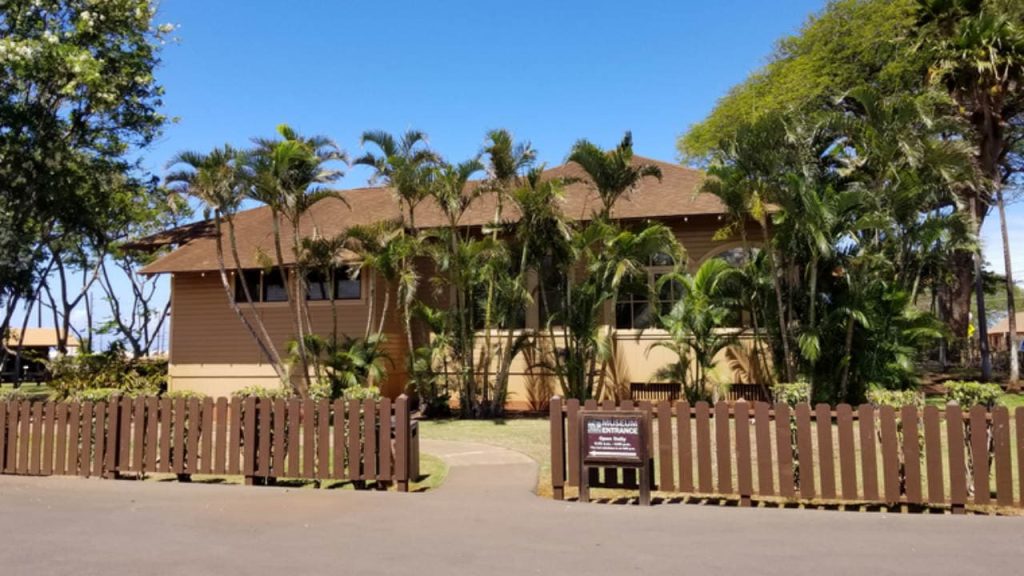
History of sugar production and processing on Maui is documented via artifacts and pictures on display at the Alexander and Baldwin Sugar Museum. The historical center is across a short road from Hawaii’s largest sugar plant, which is located on Hansen Road in Puunene, not far from Maui’s main airport in Kahului.
The Sugar Gallery on Maui is divided into six sections, each of which displays artifacts and information related to the relationship between sugar and Maui’s geography, climate, water supply, human resources, agriculture, and industry.
The yard is shared, and it has some very large, very ancient sugar harvesting machinery. The process by which sugarcane is refined into refined sugar is explained in a looping videotape that plays continually in the corridor.
If you love history, you might also like to check out these historical sites in Hawaii.
7. John Young Museum of Art
The John Young Museum of Art, which can be found on the main campus of the University of Hawaii in Manoa, is home to an extensive art collection that includes pieces from South America, Africa, Southern Asia, and Asia as well as the Pacific Islands.
The Hawaiian-American artist John Chin Young, for whom the museum is named, was responsible for the donation of the vast bulk of the works that are on show. There is a section dedicated to Asian art and another exhibit that focuses on tribal art within the museum. The museum also has artifacts that serve as symbols of the history of a variety of various cultures.
8. Iolani Palace Museum
Iolani Palace was used as the legislative hall after the overthrow of the Hawaiian government in the year 1893. It had a significant renovation in 1978, after which it was repurposed as an art gallery.
Guests are welcome to take their time as they wander around the lobbies, which have exhibits on military weaponry, important images, furnishings, illustrious dealings with paper, and artwork, while listening to the stories that are being told by the expert tour guides.
9. Pacific Aviation Museum Pearl Harbor
Pearl Harbor, which was the target of bombing during World War II, is the location of many historical sites and artifacts today. In the middle of the 20th century, the United States Navy commissioned the construction of a new battleship to be known as the USS Arizona.
During the Japanese assault on Pearl Harbor on December 7, 1941, the ship and all of its crew members were completely wiped off. Both the USS Missouri, an additional American battleship and the third ship in the Navy, named in honor of the state of Missouri in the United States, and the Pacific Aviation Museum, a non-profit organization founded in 1999 to develop an aviation museum in Hawaii, can be found on Ford Island, which is famous for its location in the middle of Pearl Harbor.
10. Polynesian Cultural Center
The Polynesian Cultural Center is a theme park dedicated to Polynesia as well as a living museum that can be found at Laie, which is situated on the northern coast of Oahu in Hawaii. At this facility, people from Pacific island countries perform their vibrant songs and dances and showcase their traditional arts and crafts.
11. Iolani Palace
The ʻIolani Palace was the royal residence of the rulers of the Kingdom of Hawaiʻi beginning with Kamehameha III under the Kamehameha Dynasty and ending with Queen Liliʻuokalani under the Kalākaua Dynasty, founded by her brother, King David Kalākaua.
Museums are places that art lovers respect to the point that they may as well worship there. The same way that all of us feel happiness after eating delicious cuisine, these people feel it after going to interesting museums.

